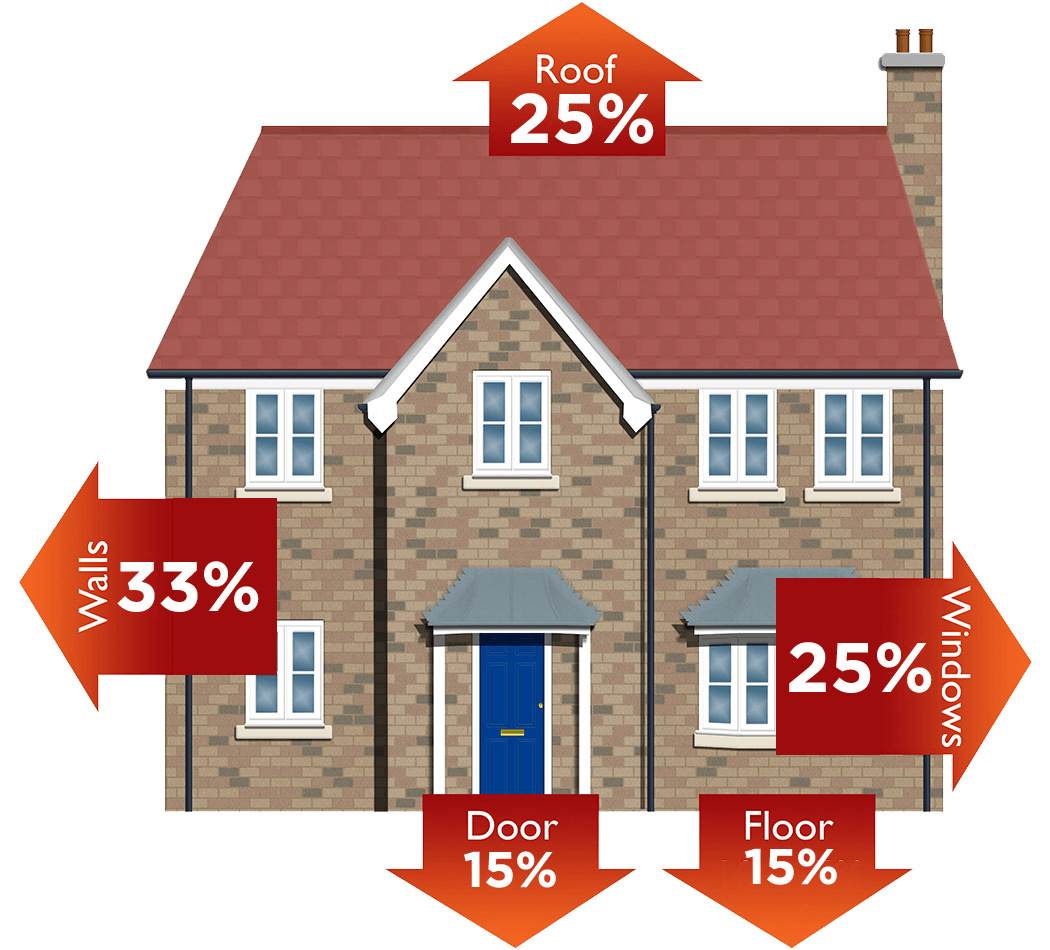


Floors, lofts, pipes, windows and walls are the main areas where hot air will escape and cold air can come in.
There are many simple yet effective ways to insulate your home, which can significantly reduce the amount of heat you waste whilst lowering your heating bills.
Insulating your house means you’ll keep warm air in and cold air out. Not only will your home be cosier, it will save you money on your bills and help you avoid draughts, damp or mould. If left untreated, damp and mould can lead to health problems such as respiratory symptoms, respiratory infections, allergic rhinitis and asthma.
Nearly two thirds of UK homes fail to meet long-term energy efficiency targets, according to data analysed by the BBC. More than 12 million homes fall below the C grade on Energy Performance Certificates (EPCs) graded from A-G
It means householders spend more on energy bills and pump tonnes more CO2 into the atmosphere than necessary. The government has said it needs to go "much further and faster" to improve the energy performance of homes to help Great Britain meet its 2050 net zero carbon target, which was signed into law in June 2019.
No obligation survey at your home in the next 24 hours